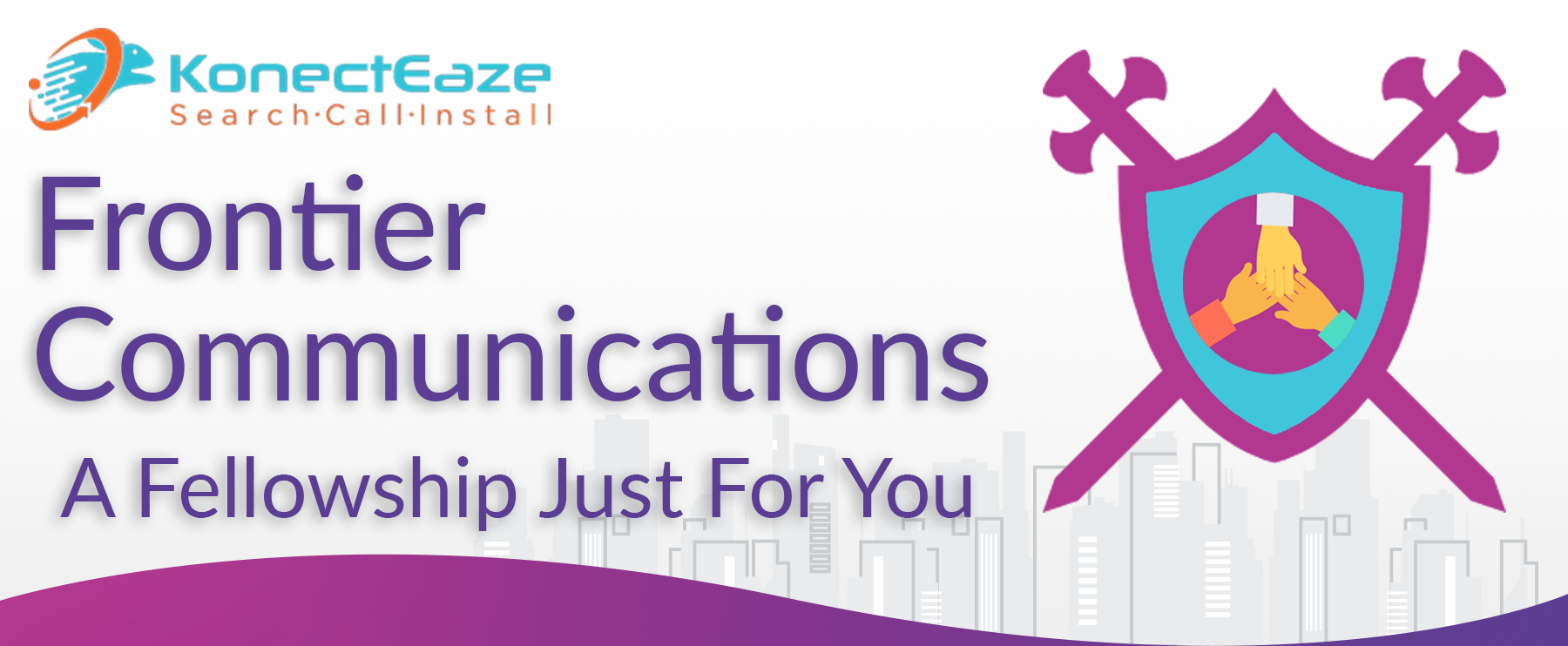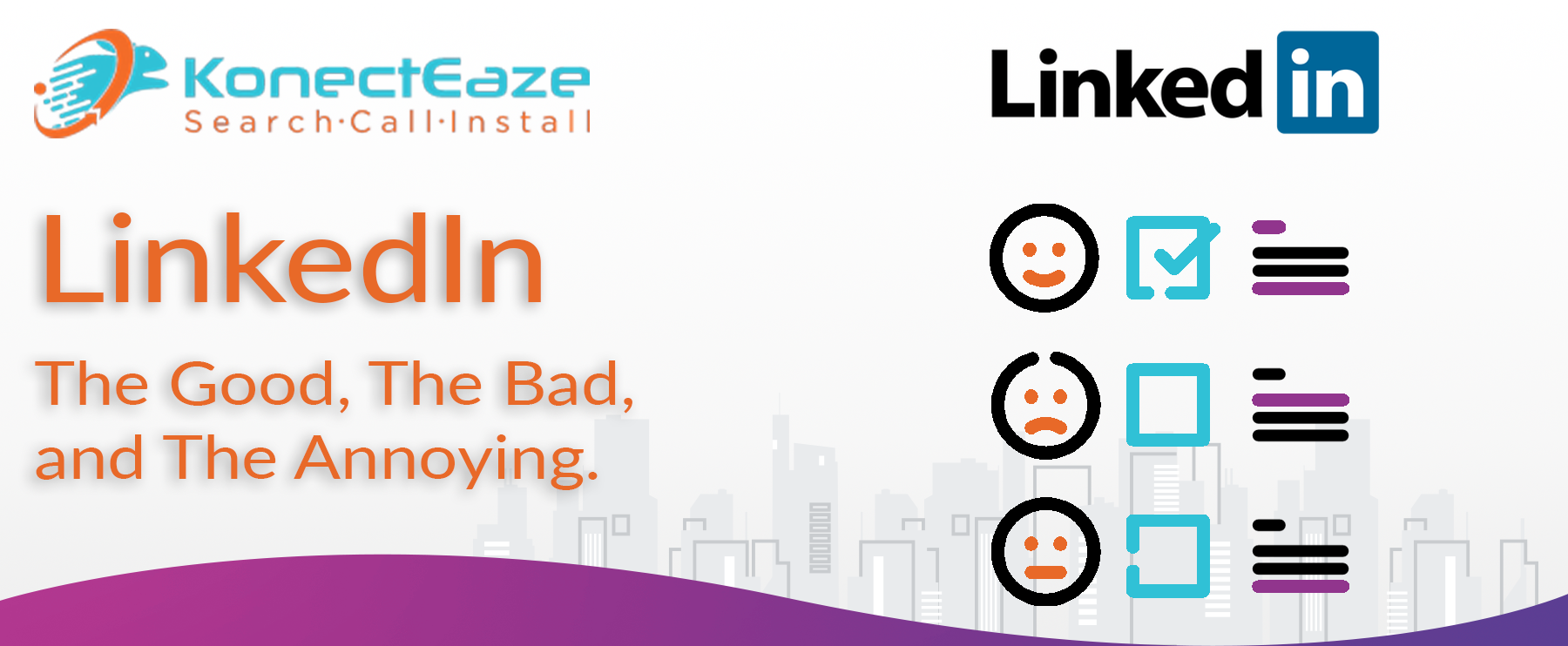Frontier Communications: A Fellowship Just For You
Introduction
Frontier Communications, headquartered in Norwalk, Connecticut, aims to deliver exceptional customer service and reliable internet and communication services. Their focus on creating a community and support system for customers distinguishes them in the industry.
Residential Services
Frontier offers a range of residential services designed to simplify technology use at home. Their “Don’t Go It Alone” campaign equips employees to serve as tech guides, helping customers with everything from setting up new devices to troubleshooting internet issues. This initiative has been well-received for its customer-centric approach.
Business Services
Frontier's business services are designed to support modern workplaces. The Frontier Connect WAN service allows businesses to create secure, private networks, ideal for remote work and outsourcing. Other business offerings include cloud-based collaboration tools, cybersecurity solutions, and scalable high-speed internet options.
Frontier FiberOptic Internet
Frontier's FiberOptic internet service provides high-speed internet with symmetrical upload and download speeds. Key plans include:
| Package | Price (per month) | Download Speed | Upload Speed | Features |
|---|---|---|---|---|
| Fiber 500 | $44.99 | 500 Mbps | 500 Mbps | Free Amazon eero Pro 6 router, no data caps |
| Fiber 1 Gig | $64.99 | 1000 Mbps | 1000 Mbps | Free Amazon eero Pro 6 router, no data caps |
| Fiber 2 Gig | $99.99 | 2000 Mbps | 2000 Mbps | Free Ultrafast Wi-Fi 6E router, no data caps |
| Fiber 5 Gig | $129.99 | 5000 Mbps | 5000 Mbps | Free Archer AXE300 Wi-Fi router, no data caps |
Coverage and Performance
Frontier operates in 29 states, providing both fiber and DSL services. Fiber availability is expanding, with the goal of reaching 10 million homes by the end of 2025. Frontier’s fiber service is particularly notable for its high speeds and reliability, while their DSL service is more widely available but varies in speed depending on location.
Customer Service and Support
Frontier is known for its robust customer service, offering 24/7 support through phone, chat, and social media. They also provide online resources such as troubleshooting guides and video tutorials. Frontier aims to ensure a smooth and positive customer experience, with various channels to address customer needs.
Deals and Promotions
Frontier frequently offers deals and promotions, such as free router rentals and discounts on YouTube TV subscriptions. Current promotions include a $200 Visa Reward Gift Card for new Fiber 2 Gig customers and discounted rates for bundling services.
Conclusion
Frontier Communications is dedicated to providing comprehensive support and reliable internet service. Their expanding fiber network and commitment to customer service make them a strong contender in the telecommunications industry. For those seeking dependable internet service, Frontier offers a fellowship of connectivity and care.




